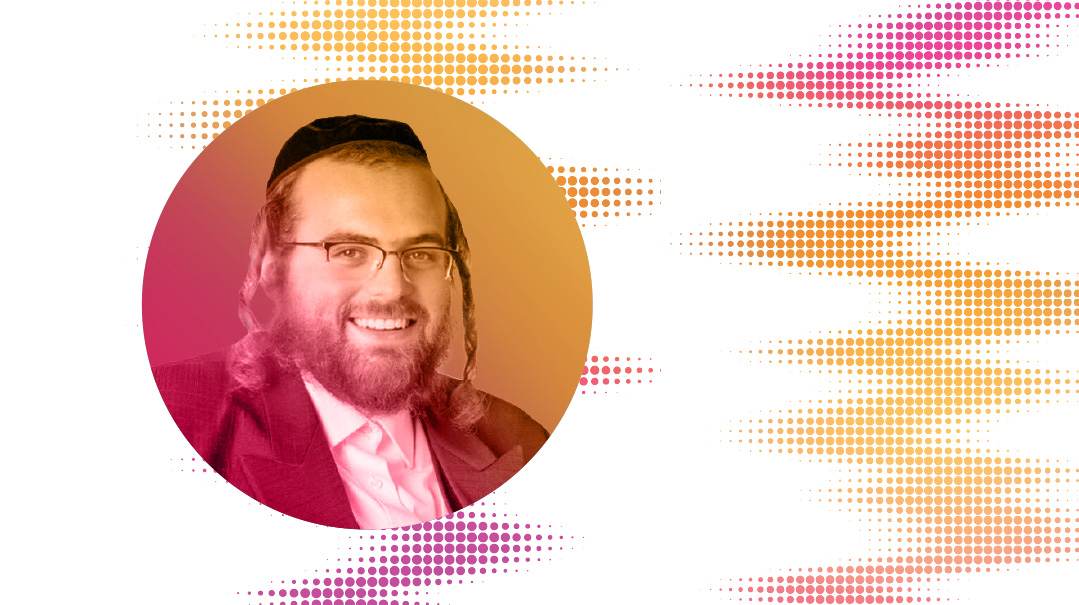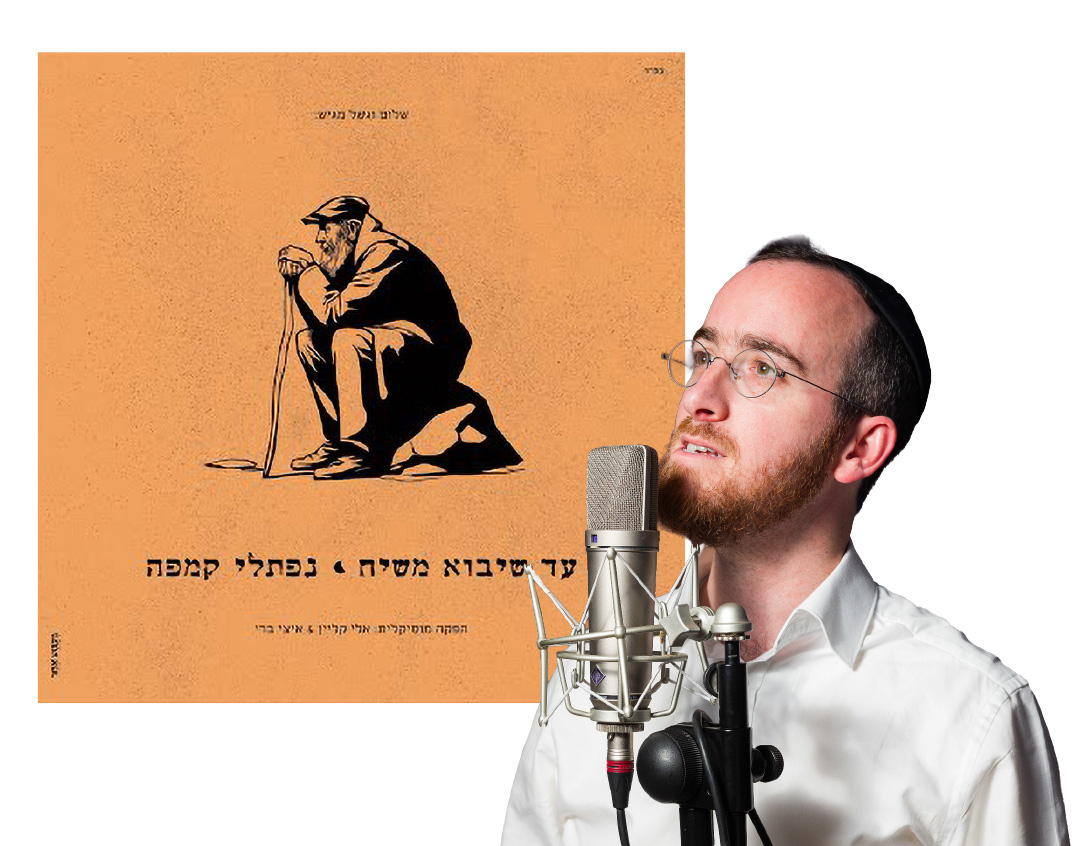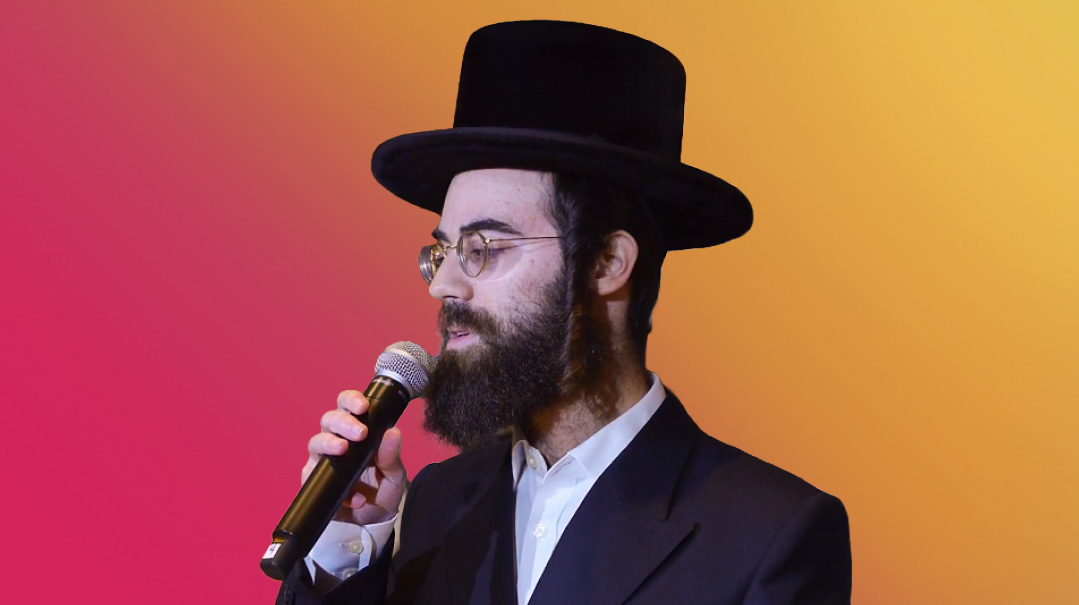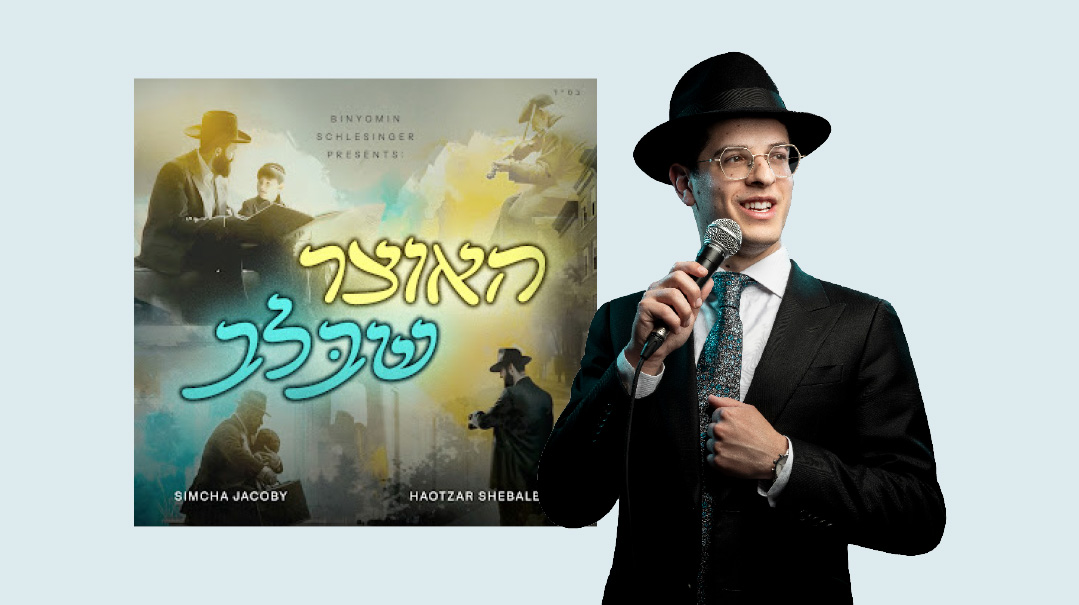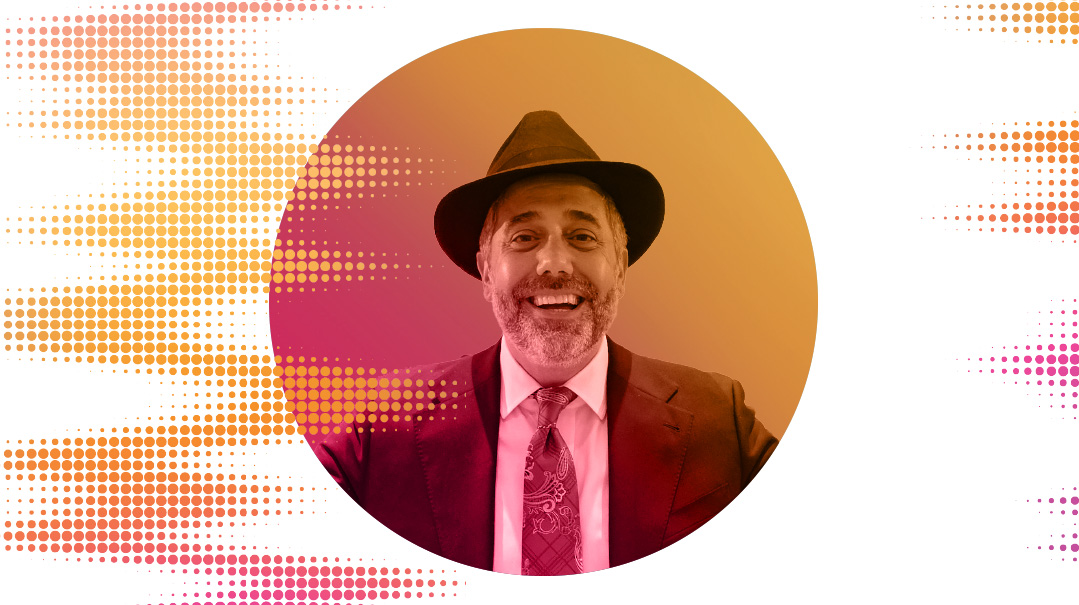Mood Mix with Yanky Lemmer
| September 11, 2019My mind is consumed with Rosh Hashanah davening from immediately after the summer ends
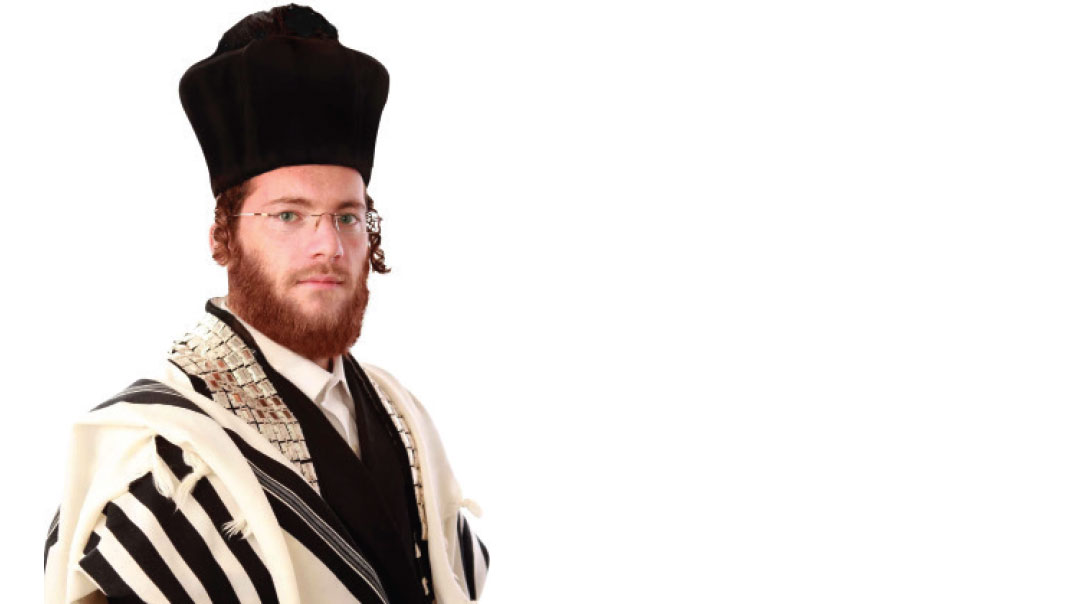
As we move through the ordinary and special events of our days, there always seems to be a melody playing in the background. Every season has its own musical nuances and associations, and this season is no exception — over the years, those tunes become forever connected to a moment or mood.
We asked chazzan Yanky Lemmer cantor at the Lincoln Square Synagogue:
Which songs have become the soundtrack of these days of tefillah and rachamim? Is there a particular song that gets you into the Elul mood?
Anything Selichos related, so of course there’s “Vehaviosim,” and “Haneshama Lach,” and Eitan Katz’s “Lema’ancha,” which I like to use for Kedushah leading up to the Yamim Noraim.
How many hours does it take you to prepare for the Rosh Hashanah tefillos?
My mind is consumed with Rosh Hashanah davening from immediately after the summer ends, both consciously and subconsciously. I get calls from other chazzanim and baalei tefillah who want to sit down and compare notes and exchange tips, so I prepare myself.
Which points of the davening most inspire the crowd to join in?
That depends on how well the chazzan cues the olam. We’ve had a pre-Yom Tov workshop on the Upper West Side for cantors these past few years, and one of the things an experienced chazzan knows is how to get the message across that the congregation should join in. For example, there are certain signatures, used at the end of certain sections, which finish off slow, on a certain low key so that the crowd naturally responds “Oy, yoy yoy yoy yoy yoy yoy, oy yoy yoy yoy yoy.” That is pretty universal in Ashkenazi congregations.
What’s your all-time favorite Kedushah niggun?
I like to use whatever matches the theme of the current parshah or Yom Tov. That means, for example, "Haneshamah Lach" before the Yamim Noraim, "Yevanim" before Chanukah, and the like.
One important principle of proper nusach is:
There is a rule called “mei’inyana.” Loosely translated, this means “of the same type.” That means you don’t jump between styles and keys, but let the way you end one paragraph lead in to the beginning of the next. A simple example: The way the chazzan intones the brachah “Mechayeh Hameisim” gives the shul a cue as to the Kedushah he is about to start. In Shacharis, he’ll usually say those words in a minor key, preparing to go down into “Nekadeish,” but in Mussaf, they will be in a major, the notes go up, because he is about to start “Keser” or “Na’aritzach.” Another example is at the end of the section before “Ochilah Lakeil,” where the voice should rise.
Is there a special tune or nusach that takes you back to the Yamim Noraim of your childhood?
The musical motif “Ah-ah-ah-ah, Ah, ah ah…” sung before Borchu at the beginning of Maariv. That really ushers in the awe of the Yamim Noraim. Everyone is fresh and eager to daven, and the crescendo thunders through the shul.
Do you have a favorite Yiddish song?
There are so many exceptional Yiddish songs. One of my favorites is actually a very sad Holocaust song. It’s called “Moishelach Shloimelach” — the only Yiddish song written by the famous chazzan Israel Alter. The song depicts the loss of the lives of so many little Jewish children and Poland’s post- Holocaust emptiness and lonelines
Which chazzanim have had the greatest influence on you?
Reb Moshe Stern, first and foremost. My father used to take me along to hear him every year when he came to America when I was a child, and I must have listened to hundreds of hours of his davening on recordings. Of course there’s Reb Bentzion Miller, whose talmid I am, and Reb Noach Schall, a friend of the great chazzanim of yesteryear, whom I also studied under.
What’s the most emotional part of the davening for you?
The section of Asarah Harugei Malchus in Mussaf of Yom Kippur always touches me deeply, perhaps because because it can be identified with recent history. I weave in motifs of Holocaust music, like Ani Ma’amin, and even some music from the Schindler’s List theme. Having people in shul that actually survived these atrocities makes for a context of palpable intensity.
Which song takes you back to your yeshivah days?
The Baal Shem Tov’s Niggun. It’s the tune that Belzer Chassidim use for specific Tehillim that are said during Chanukah. Later, I heard it being used for various pieces in Yamim Noraim davening. Currently, I use it for Heyeh Im Pifiyos from Rosh Hashanah Mussaf.
What do you sing with your family at the Yom Tov table?
The usual Yom Tov songs — some oldies, some more current. With my family, I try to just be Tatty, not a chazzan or a singer. Baruch Hashem, they all appreciate a good niggun and eventually I can see more complex niggunim being introduced and appreciated. Zemiros are an extremely important ingredient of Yiddishkeit, so it’s imperative that they always remain accessible and enjoyable.
If you could take one album along on a long road trip, which would it be?
Uncle Moishy. It would keep the kids entertained. All kidding aside, when I’m alone in the car I just put my Google music on shuffle within a certain artist. Most recently, it was Chazzan Moshe Ganchoff. The way he paints the words of the piyutim is as brilliant as it is inspiring.
(Originally featured in Mishpacha, Issue 777)
Oops! We could not locate your form.







